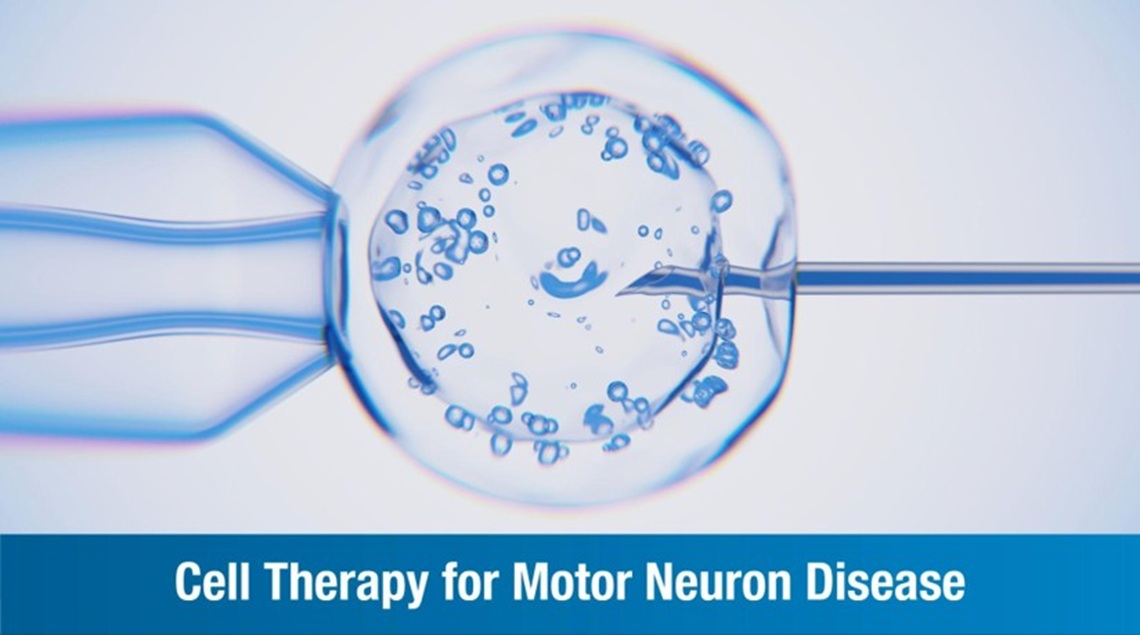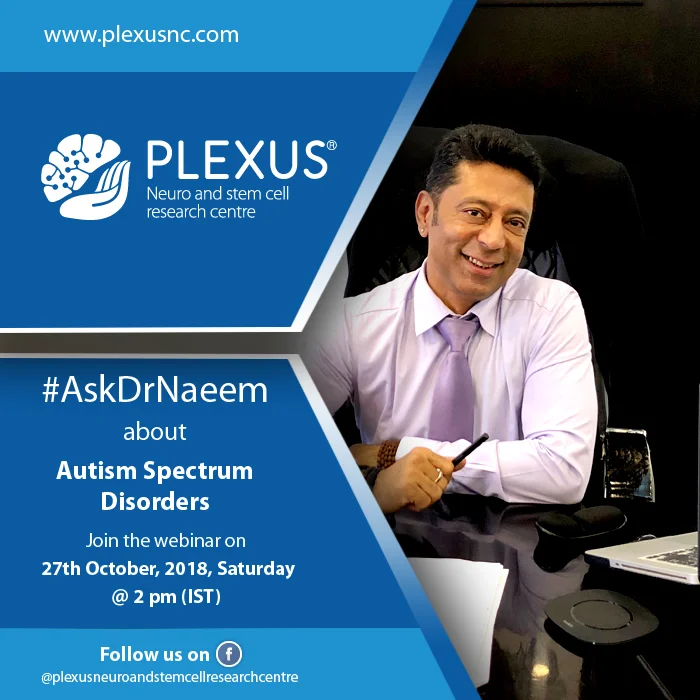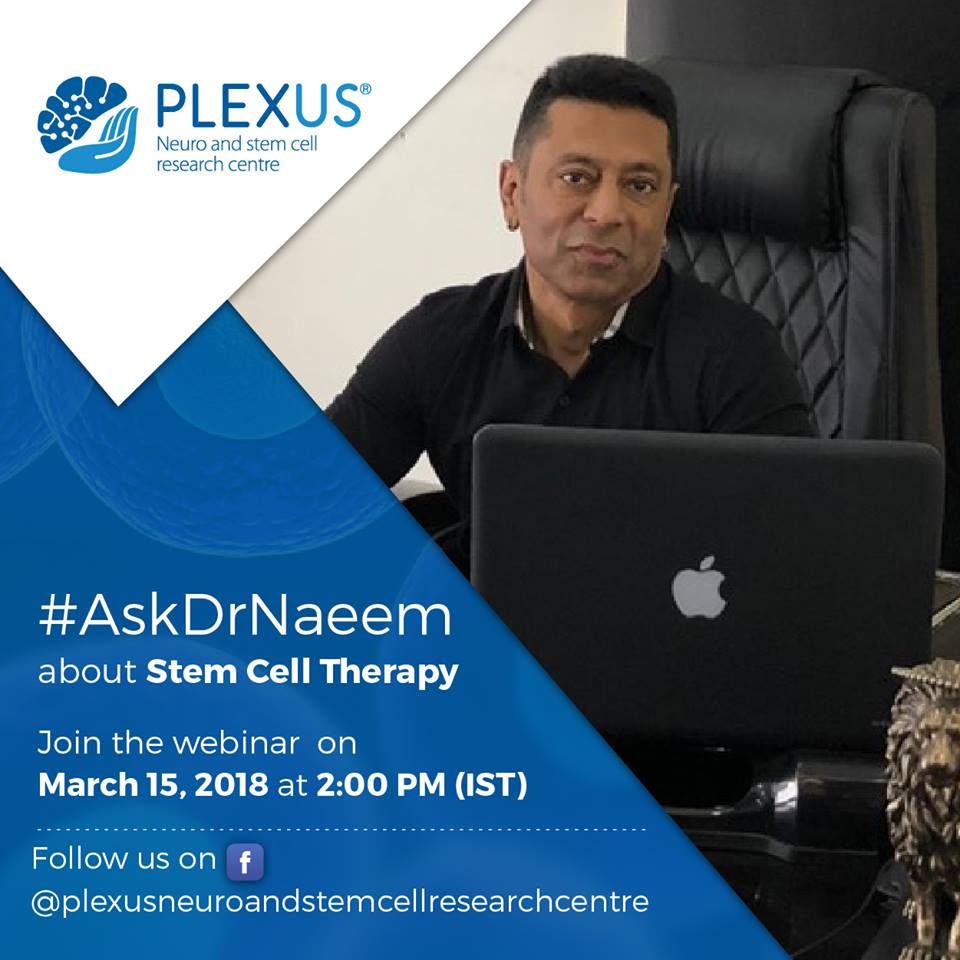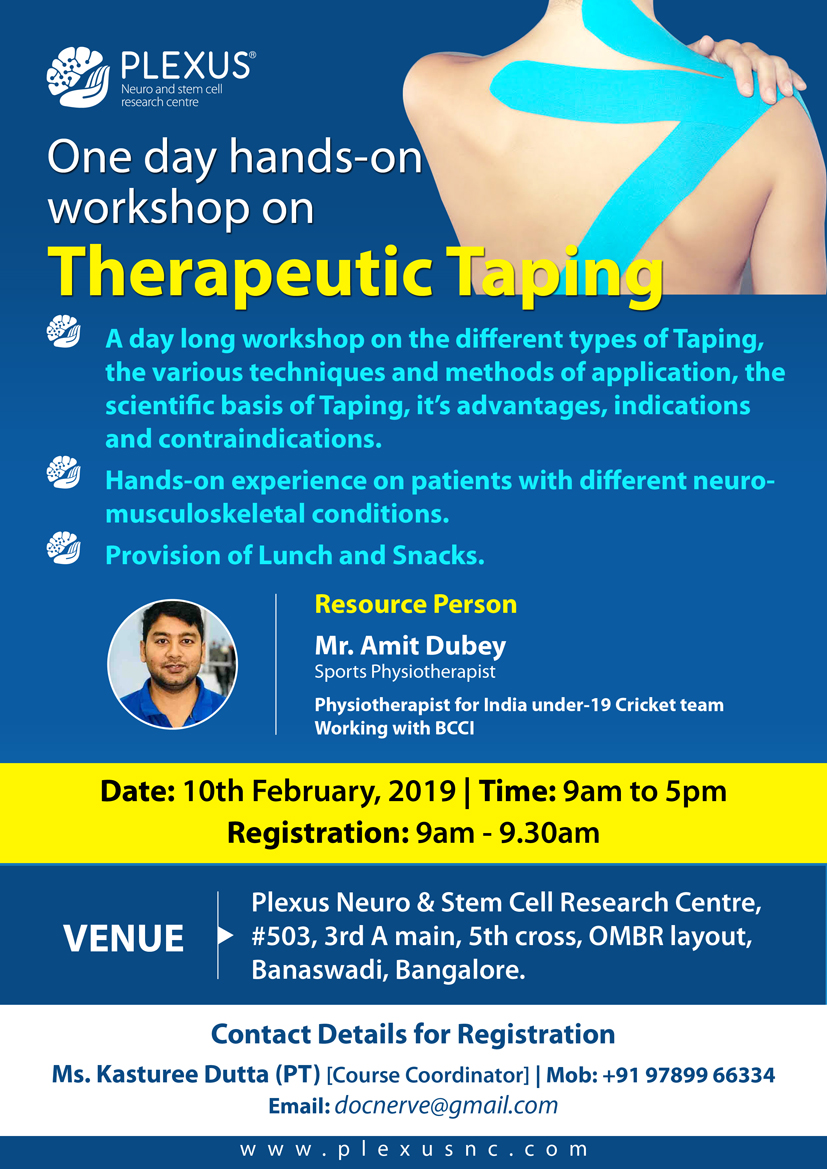
Motor Neuron Disease (MND) is a tough condition—it slowly affects the nerves that control how our muscles move, making everyday tasks harder over time. But there’s hope on the horizon. One of the most promising breakthroughs in recent years is cell therapy for Motor Neuron Disease.
If you’re wondering what it is, how it works, and whether it can really help, you’re in the right place. In this blog, we’ll break down everything you need to know about cell therapy treatment for MND—from how the procedure works to the real-life benefits it offers, and how it stacks up against traditional treatments.
What is MND and How Does It Impact the Body?
Motor Neuron Disease (MND) is a group of disorders where motor neurons—the nerve cells that control voluntary muscles—gradually degenerate and die. As the disease progresses, patients experience weakness, muscle wasting, difficulty in speaking, swallowing, and breathing. Ultimately, MND significantly impairs mobility and independence.
Types of MND: ALS, PLS, PMA, and SMA
There are several types of MND, each with unique characteristics:
- Amyotrophic Lateral Sclerosis (ALS): The most common form, affecting both upper and lower motor neurons.
- Primary Lateral Sclerosis (PLS): A rare type affecting only upper motor neurons.
- Progressive Muscular Atrophy (PMA): Affects only lower motor neurons.
- Spinal Muscular Atrophy (SMA): A genetic form of MND often diagnosed in children.
Common Symptoms and Progression
Symptoms can vary depending on the type, but generally include:
- Muscle weakness and cramps
- Slurred speech
- Difficulty swallowing
- Muscle stiffness or spasms
- Progressive loss of mobility
MND typically worsens over time, with the rate of progression differing from person to person.
What is Cell Therapy for Motor Neuron Disease?
Cell therapy for motor neuron disease involves the use of regenerative cells to repair or replace damaged motor neurons, reduce inflammation, and potentially slow disease progression. The regenerative properties of these cells make them a powerful tool in neurological care.
Role of Cells in MND Treatment
Cells used in therapy can differentiate into various types of cells, including neurons and glial cells. In cell therapy treatment for MND, they help in:
- Supporting regeneration of damaged neurons
- Modulating the immune response
- Enhancing neuroprotection
- Delaying disease progression
Types of Cells Used (Mesenchymal, Autologous, Neural cells)
Several types of cells may be used in cell therapy for motor neuron disease, depending on the patient’s condition:
- Mesenchymal Cells: Derived from bone marrow or fat tissue; they have immunomodulatory and regenerative properties.
- Autologous Cells: Harvested from the patient’s own body, reducing the risk of rejection.
- Neural Cells: These are more specialized and can differentiate into neurons and glial cells, showing high potential in targeted therapy.
Step-by-Step: Cell Therapy Treatment for MND at Plexus
Eligibility criteria and patient screening
At Plexus, patients undergo comprehensive assessments to determine their eligibility for cell therapy treatment for MND. Factors considered include:
- Type and stage of MND
- General health and comorbidities
- Previous treatments and response
- Imaging and diagnostic results
Cell Extraction and Preparation Process
Once deemed eligible, the next steps include:
- Harvesting cells from bone marrow or adipose tissue
- Processing and enriching the cells in a sterile lab
- Testing for quality, viability, and safety
Methods of Delivery: Intrathecal, Intravenous, or Both
Cells can be delivered using:
- Intrathecal Injection: Directly into the cerebrospinal fluid surrounding the spinal cord
- Intravenous Injection: Into the bloodstream for systemic effect
- Combination of both methods is often used for a more holistic impact
Post-treatment Care and Rehabilitation
Recovery doesn’t end with the injection. Post-therapy care at Plexus includes:
- Regular monitoring and follow-up consultations
- Physiotherapy and occupational therapy
- Nutritional and psychological support
- Use of assistive devices if needed
How Motor Neurone Disease Benefits from Cell Therapy
There are several motor neurone disease benefits associated with cell therapy:
- Slowing down the rate of disease progression
- Improved motor function and muscle strength
- Enhanced quality of life
- Reduced fatigue and cramps
- Better respiratory and speech functions (in some cases)
While outcomes can vary, many patients report significant improvements in symptoms and daily functioning.
Risks, Limitations, and Contraindications
As with any medical procedure, cell therapy treatment for MND has its limitations:
- Not a cure, but a means to improve function and slow progression
- Success may vary based on the patient’s age, condition, and timing of therapy
- Minor risks include infection, headache, or local pain
- Contraindicated in patients with certain infections, cancers, or advanced organ dysfunction
Comparison with Conventional MND Treatments
Traditional MND treatments focus primarily on symptom management and slowing disease progression through medications like Riluzole or Edaravone, along with supportive care. However:
- They do not address neuron regeneration
- Benefits may be temporary and limited
In contrast, cell therapy for motor neuron disease offers a regenerative approach with the potential for longer-term improvement, making it a valuable complement or alternative to conventional treatment, especially when started early.
While MND remains a challenging condition, advancements in cell therapy treatment for MND offer new hope and a chance for a better tomorrow for the patients. With customized treatment protocols, expert teams, and multidisciplinary care, Plexus is helping patients achieve a better quality of life.
📞 Connect with us on WhatsApp: +91 89048 42087
📍 Hyderabad: +91 78159 64668 | Bangalore: +91 93555 33404
Reach out to Plexus Neuro Centre today to explore your treatment options and begin your journey toward improved health and mobility.
FAQs
What is cell therapy for motor neuron disease?
It’s a regenerative treatment that uses the body’s own cells to repair damaged neurons, reduce symptoms, and slow MND progression.
How successful is cell therapy for MND?
Success varies, but many patients see improved mobility, strength, and quality of life, especially when started early.
Is cell therapy safe for MND patients?
Yes. It’s generally safe, especially when autologous (self-derived) cells are used. Minor side effects like fatigue or discomfort may occur.
Who is eligible for cell therapy treatment for motor neuron disease at Plexus Clinic?
Patients in early to moderate stages of MND are usually eligible, pending clinical evaluation.
How long does the MND treatment process take at the clinic?
The main procedure takes a few days, followed by rehab and follow-ups over a few weeks for best results.










